"Duplessis Orphans": a terrible business on children's suffering
Categories: Children | History
By Pictolic https://pictolic.com/article/duplessis-orphans-a-terrible-business-on-childrens-suffering.htmlThe terrible story of the "Duplessis orphans" became known to the world community in the 90s of the last century, 50 years after the events themselves. Today it is hard to believe that in the 30-40s of the 20th century, real concentration camps for children could exist in progressive Canada, and even "under the wing" of the government. But what we are going to tell you is absolutely true, as well as the fact that the author of this madness was Maurice Duplessis, the Prime Minister of the province of Quebec.
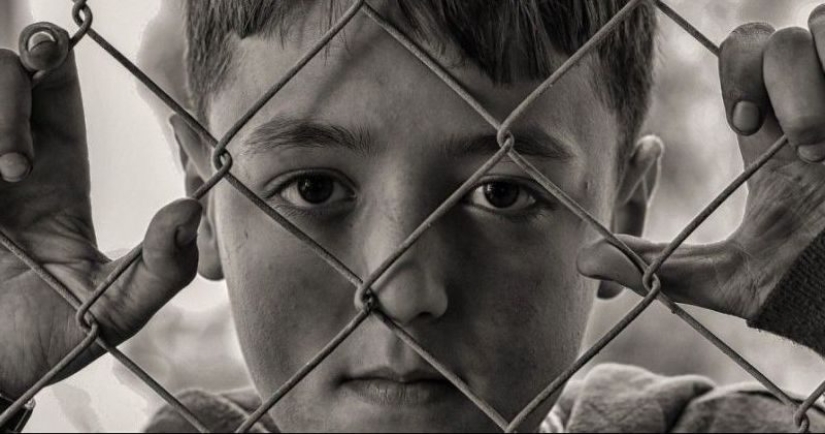
Maurice Duplessis was first elected Prime Minister of Quebec in 1936. After that, the politician was re-elected in 1944 and remained in office until 1959. A lawyer by training and an ardent nationalist by conviction, Duplessis was a fanatical Catholic and conservative. The years of his reign are called by the inhabitants of the province nothing else than "Big Darkness" and this is not an exaggeration at all.
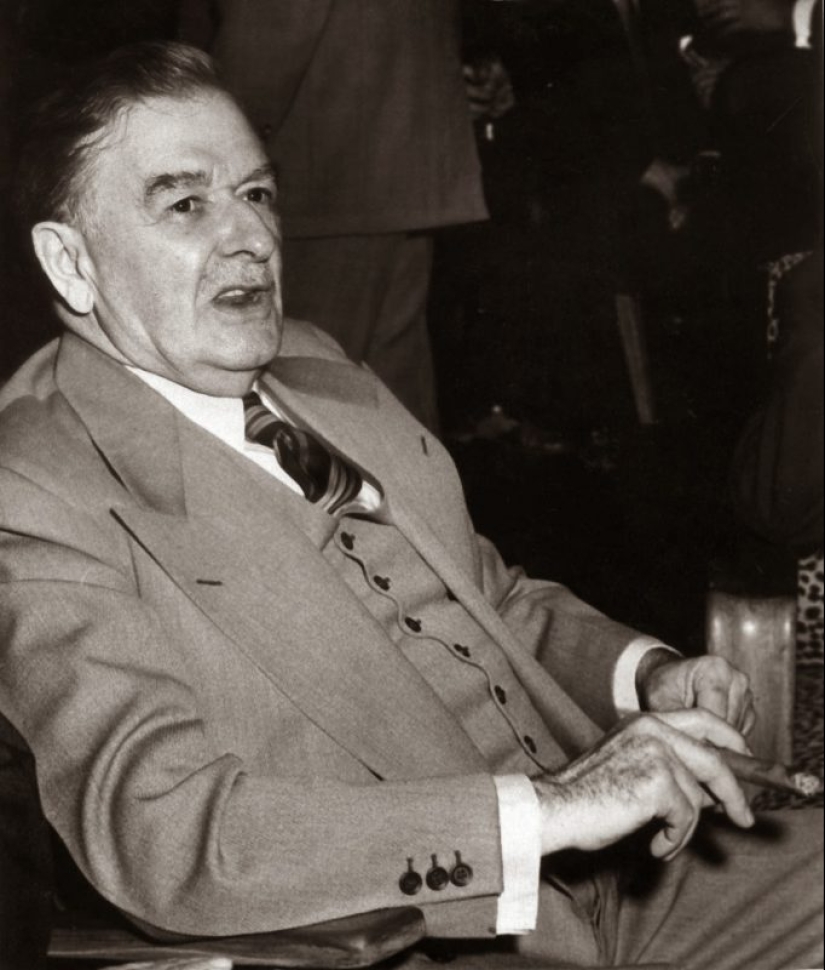
Duplessis earned his political capital with hackneyed populist methods. He advocated the autonomy of Quebec, was a supporter of the persecution of communists and was not shy about his racist views. A special item in the Prime Minister's program was caring for orphans and children from disadvantaged families, which particularly touched his supporters.
Duplessis entrusted the care of children deprived of parental love to the Catholic Church, transferring to it the management of orphanages, hospitals and schools. The budget allocated for this good purpose was also spent at the discretion of the churchmen. Needless to say, the initiative of the Prime Minister, who was popularly nicknamed "Chief", was enthusiastically received by the clergy.
Immediately it is worth explaining which categories of children fell under the care of the church. Inevitably, children who lost their parents and those whose fathers and mothers were deprived of parental rights ended up in shelters. But children from normal low-income families born to unmarried couples and single mothers also fell into the category of "unhappy orphans".

If the parents lived in a civil marriage, then their offspring fell into the lowest category of foster children, as they were considered "the fruit of sin." They were treated worse than the rest, almost like the dregs of society or criminals. It was very easy to get under the care of the church — children could be taken away from the family simply on the recommendation of a priest, teacher or doctor.
Sometimes parents were persuaded that the child would be better off in the shelter, that excellent conditions and prospects for an excellent education were waiting for him. But most often children were taken away by force, actively involving the police and religious activists for this. There were many children and there were not enough existing shelters, so Duplessis promoted the opening of new ones.
Needless to say, this system was thoroughly corrupt, and the funds allocated by the state for children were stolen on a grand scale. At one point, Maurice Duplessis realized that the financial flow was starting to dry up and took a monstrous step — he reclassified all the shelters in Quebec into psychiatric clinics.
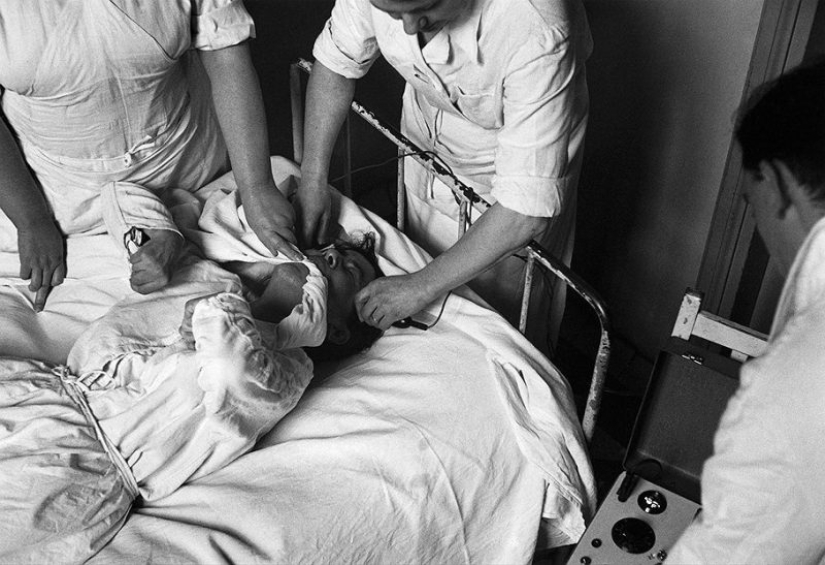
The benefits of the enterprise were obvious — if the Canadian authorities allocated only $ 1 25 cents for an orphan, then the patient of a psychiatric clinic was already entitled to $ 2 75 cents. Turned into mentally ill children and teenagers quickly and without much difficulty. An instruction was given "from above" and priests and nuns who worked in orphanages came up with a psychiatric diagnosis for each pupil.
To make everything look official, medical records were also created for everyone, which the clergy filled out with fictitious records. The children were sorted by age and older teenagers were most unlucky — they were simply sent to real clinics for the mentally ill and settled with real patients.
But those children who remained in shelters suffered no less than those transferred to mental hospitals. Those who were able to survive this earthly hell later told that they were beaten, starved and thirsty, raped and tortured. Children were dressed in straitjackets, tied to beds, locked up for a long time in punishment cells and forced to work hard in subsidiary farms.
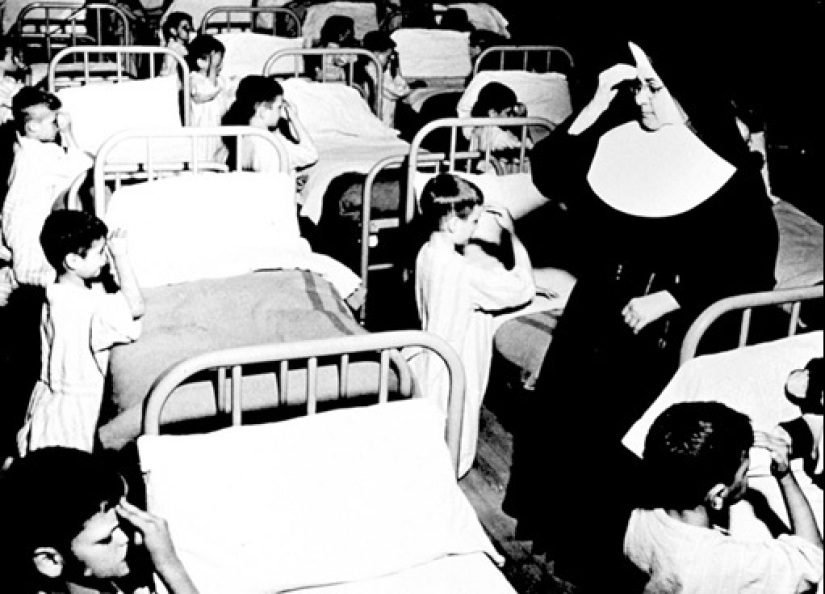
Barbaric medical procedures and unjustified surgical interventions were carried out in the institutions where the "Duplessis orphans" were kept. Children were lobotomized, after which they turned into weak-willed zombies, and sometimes died. Death was a frequent guest in reformed orphanages — children died not only from inhumane conditions and torture, but also committed suicide, unable to withstand "educational measures".
A dead child was no longer profitable, but there was still something to be gained for a corpse. The bodies of the deceased pupils were sold to anatomical theaters and research institutes for $ 10. Children also became experimental subjects during their lifetime — tests of new medicines and medical procedures were widely practiced on them, which were not always successful.
A little later, the "Duplessis orphans" began to be given up for adoption both in Canadian families and in the United States. This happened on a paid basis, and the price ranged from 40 to 25 thousand dollars per child. Needless to say, no one checked the foster parents, and often the kids fell into the clutches of molesters, perverts and cruel psychopaths. Their fate no longer interested the Duplessis government at all.
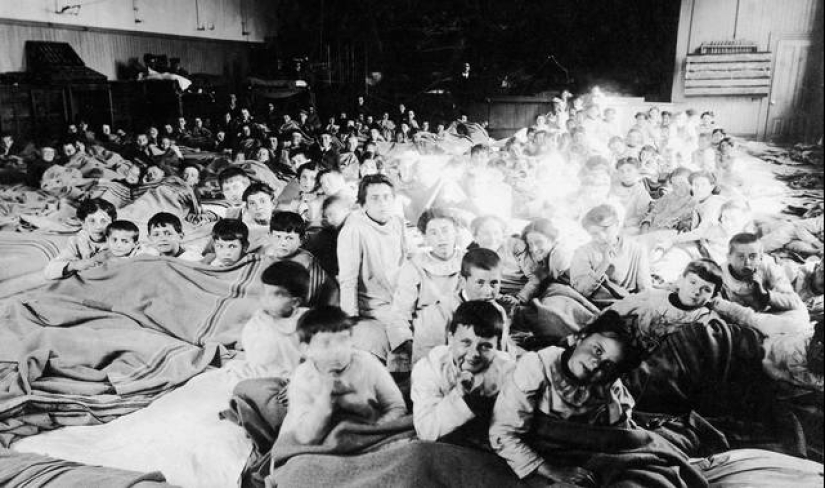
One of the pupils of such an "educational camp", Clarina Dagway, told in detail about her life after the state and the church took over her. She was taken from her family and placed in the St. Julien's Hospital, located 1,000 km from her home.
In a medical institution, nuns and medical staff bullied children who had become Duplessis' patients with a light hand. The main punishments for misconduct and disobedience were immersion of the guilty person's head in icy water and flogging. Dagway recalled that she was chained to the bed by her arms and neck, fed leftovers and forced to sleep on a bed with a metal mesh without a mattress.
As occupational therapy, the children were constantly scrubbing the floors, and so that they did not have the desire to be naughty or protest, they were pumped with neuroleptics. A special honor in the hospital was enjoyed by the drug chlorpromazine, which suppresses the will of a person and turns him into an indifferent automaton. This remedy was already banned in most countries of the world as dangerous in the middle of the 20th century, but it was given to the "Duplessis orphans" without restrictions.
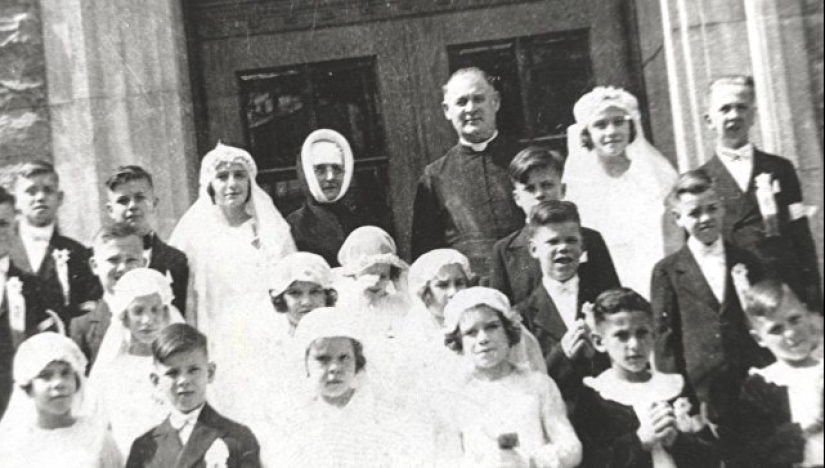
Despite the fact that the history of Quebec "shelters" and "hospitals" has been declassified, there are many dark spots left in it. All the participants in this hell's kitchen were interested in ensuring that no one found out the truth and therefore carefully covered their tracks. The number of children affected by Duplessis' "educational program" is still unknown. Experts suggest that over the years of operation of children's clinics, their patients could be up to 300 thousand people.
As for the financial side of the issue, in 1999 two analysts, Leo-Paul Lazon and Martin Porier published the result of their investigation, which includes the figure of $ 70 million. That's how much the authorities of the province of Quebec, led by Duplessis, as well as the Catholic Church received from the government of Canada in the 40s and 50s.
Survivors in orphanages and clinics of Duplessis orphans have felt the consequences of "upbringing" all their lives. They did not receive not only education, but also any necessary skills in life. In their medical records there was a psychiatric diagnosis, which deprived them of hope of getting a good job or training.
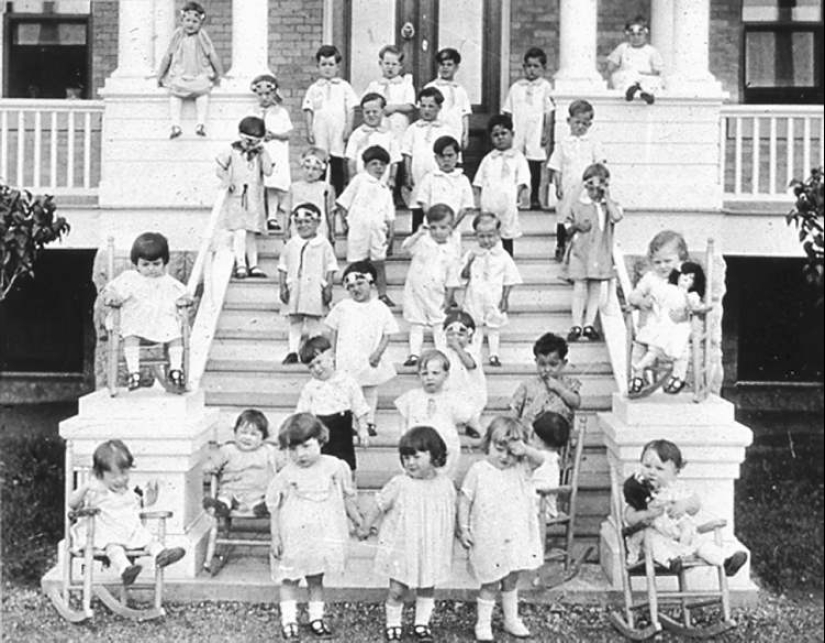
To help each other, the former pupils joined forces, trying to secure their future, find relatives and friends and simply adapt to everyday life, outside of hospital wards. They also had a goal to tell everyone about the crimes of the Quebec government and the church, which are not subject to the statute of limitations.
In the late 90s, when the events of half a century ago were declassified, the Canadian government promised to pay the victims $ 15,000 in compensation. This offer was indignantly rejected because of the ridiculousness of the amount. In 2001, a new compensation plan was proposed, which provided for the payment of 10 thousand dollars and an additional 1 thousand for each year in hospitals.
In this case, the amount was also too meager, and besides, those who were in shelters and were subjected to violence, but did not have a psychiatric diagnosis, could not receive it. The perpetrators of the crimes of half a century ago were also not found — the church refused to admit its guilt and did not even apologize.
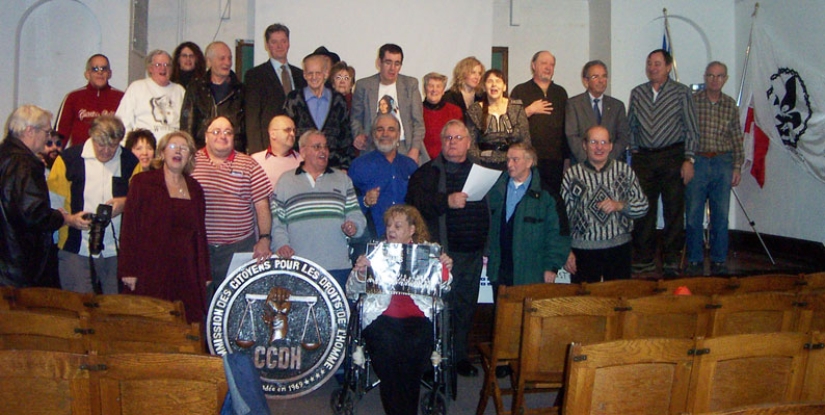
Meanwhile, evidence of crimes is still hidden in different parts of Quebec. The most terrible was a discovery made in 1999 on a pig farm, near which a hospital was once located. There, boxes with the remains of about 2,000 children who died as a result of the "educational program" were found underground.
In 2004, the organization of the former "orphans of Duplessis" appealed to the authorities of Quebec with a demand to conduct excavations at one of the abandoned cemeteries, near Montreal. There, in their opinion, there may be another large-scale mass grave with the bodies of dead children.
Recent articles

See what uninhibited ladies looked like at the height of the American baby boom. In those days, there was no trace of silicone, and ...

We offer you a selection of interesting facts from a variety of fields of knowledge. How does our body react to sneezing? Where did ...

Imagine a forest where hundreds of pine trees seem to bow to an invisible force and remain frozen in this strange obeisance ...